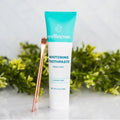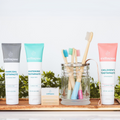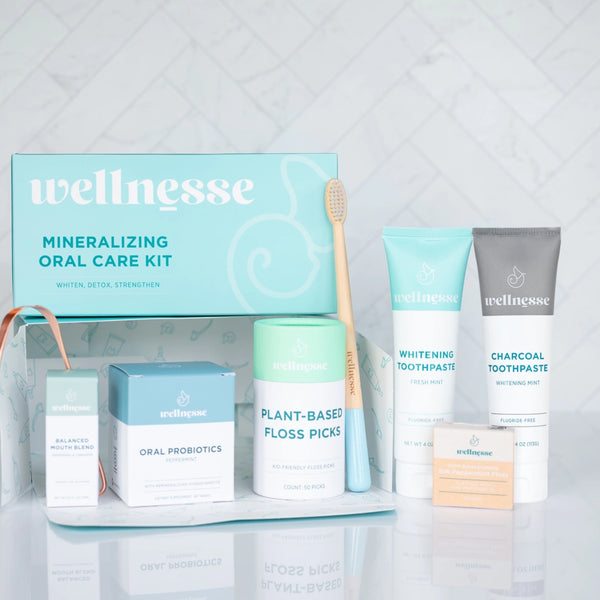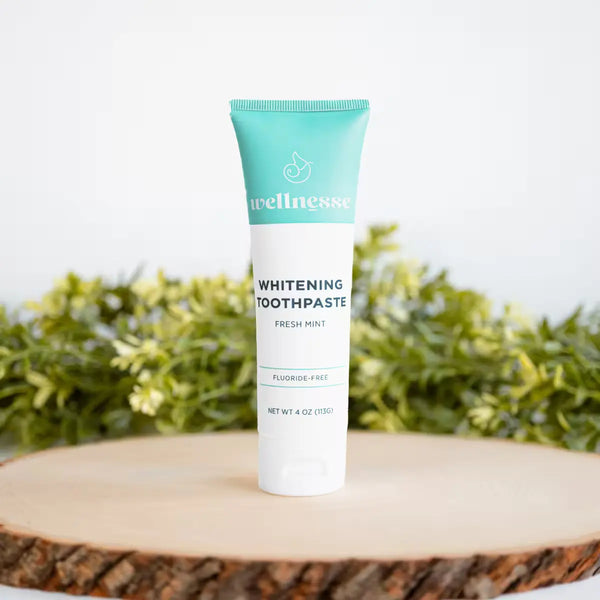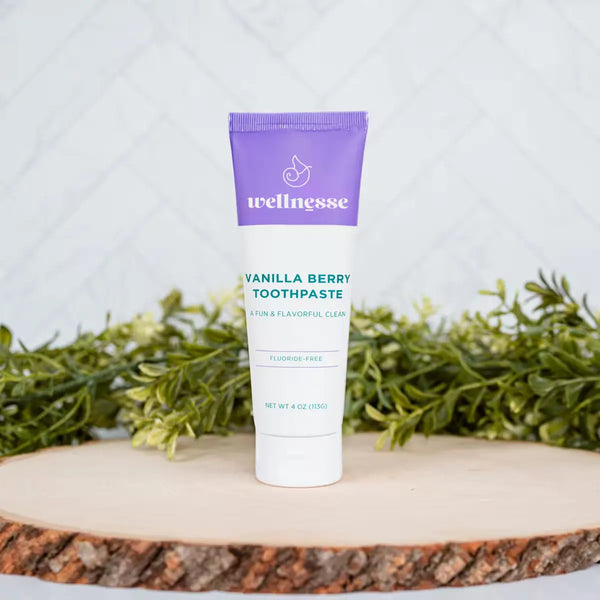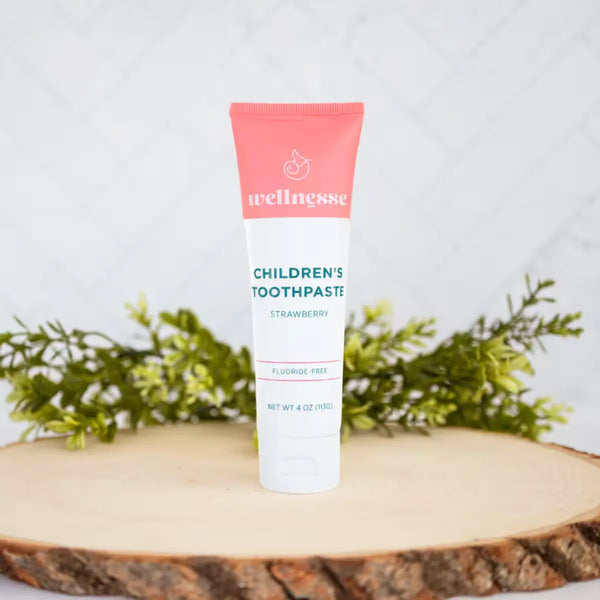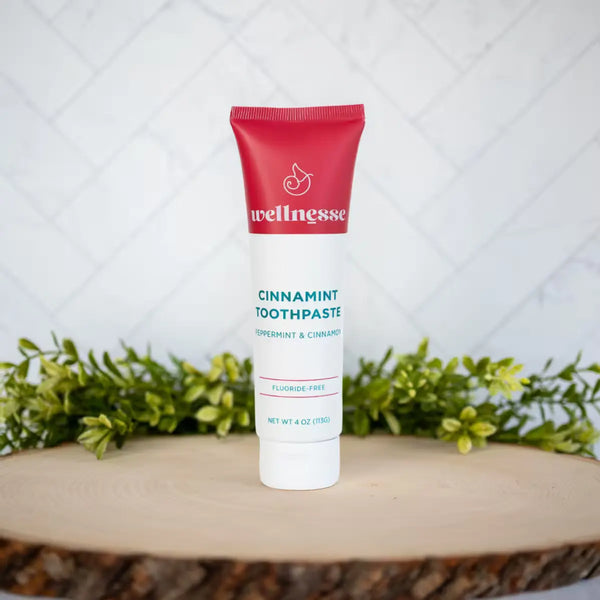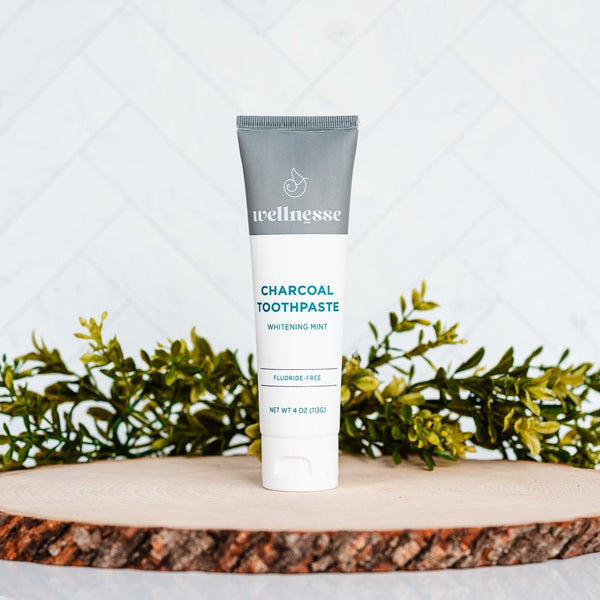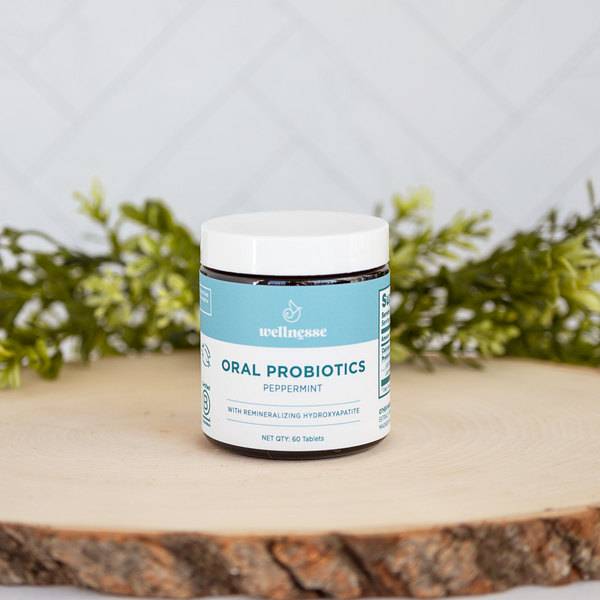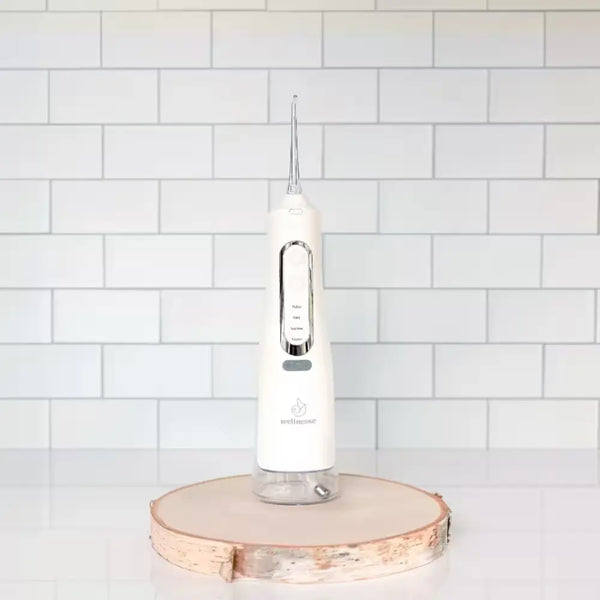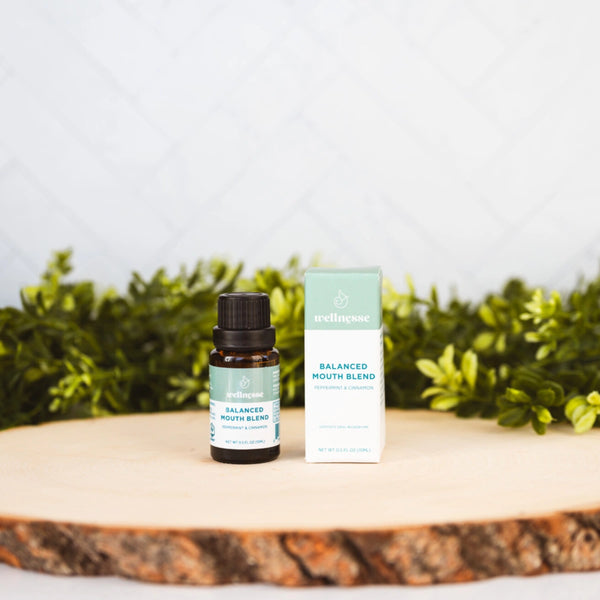Living in our modern world, it can be hard to make healthy choices. Each day, we’re faced with so many sources of toxins… from the products we use to the air we breathe and the water we drink. When thinking about reducing your exposure to toxic chemicals, it’s hard to know where to begin.
But the good news is you don’t have to throw everything out and start over in one day! In fact, small, simple changes made over time make a big difference in reducing our exposure. And before you know it, you'll be feeling fresher and more vibrant!
What Is a Non-Toxic Lifestyle?
A non-toxic lifestyle simply means limiting contact with as many harmful substances as we can in our day-to-day life. This includes both environmental toxins, like air and water pollutants, mold, and allergens, as well as those in household items, personal care products, and food.
Minimizing exposure to these potentially irritating elements helps keep your body and mind in better health with more energy.
Reducing toxins is not only good for you and your family but also the environment. Plastic pollution is a big problem in our world and reducing your use will make a positive impact. And toxic chemicals used in products can leach in the water and strip our soils.
Avoiding Toxins in Our Homes
We might not realize that our homes have a good amount of toxins inside them. Household items are often overlooked as culprits for toxins (this is a great podcast to check out!). But our exposure to these items is important because we’re facing them every day. And over time, these small exposures can add up and trigger chronic health conditions.
Examples of environmental toxins inside our homes:
- Air pollutants
- Water pollutants
- Cleaning products
- Air fresheners and candles
- Food storage and non-stick cookware
Air and water might seem more obvious, but others on the list might surprise you. Cleaning products, air fresheners, and candles can contain artificial fragrances, heavy metals and phthalates (another great podcast!). Food storage and cookware can add BPA and other chemicals to your food.
Reducing Internal Toxins
In addition to the environmental toxins we’re exposed to, internal toxins also threaten our well-being. These unhealthy substances enter our bodies through anything we consume.
Internal toxins can be found in:
- Oral care products
- Deodorant
- Hair care
- Skin care and makeup
- Processed foods
- Medication
Personal care products like toothpaste and deodorant often contain toxic ingredients like aluminum or fluoride. Processed foods often contain chemical additives, sweeteners, and preservatives that stress our digestion and liver. And medications in our medicine cabinet might include toxic ingredients, artificial flavors and dyes, and processed sugars.
Where to Start When Going Non-Toxic: 7 Easy Steps
At this point, you may feel inspired but also overwhelmed. But have no fear! It’s easy to transition to a non-toxic lifestyle. Simply start with one small step and build momentum from there. Add another step as you feel more confident until you’ve tackled them all. And before you know it, you’ll be a non-toxic pro!
Step 1: Involve Your Family
Engage your family or household members in the process. Share with them why toxins are bad and how you can avoid them as a family. Encourage everyone to participate in the changes. This collective effort can make the transition smoother and more sustainable. And it teaches your kids that a life of reduced chemicals is important.
Take inventory of the products in your home as a family so you know what you’re working with. Working together, check labels on all personal care, cleaning, and laundry items. Don’t forget air fresheners and candles! Take inventory of kitchen and bathroom cabinets too! Common problem ingredients include sodium lauryl sulfate, phthalates, parabens, PFCs, and artificial fragrance.
Step 2: Replace One Product Category at a Time
The best way to not get overwhelmed is to start slowly. This also ensures your changes will stick. Trying to do everything at once can be stressful and unrealistic. Instead, pick one category to tackle first.
A great starting place is oral care. Because you use it twice a day, every day, the impact can be significant. As you use up your conventional toothpaste or mouthwash, replace it with non-toxic alternatives. Choosing a toothpaste that’s free from fluoride, glycerin, sodium lauryl sulfate (SLS), or triclosan is better for your health.
As you master one category and have the bandwidth to do more, choose another one. If you have the time, experiment with making your own, and involve the family in some DIY recipes. It’s a great way to teach them how easy (and fun!) non-toxic living can be.
Step 3: Breathe Cleaner Air
We spend so much time in our homes, and sadly the indoor air can be more polluted than outside. Consider buying an air filter for one or more rooms in your home. Since we breathe more than we eat or drink, this is often a great place to start. Here’s our favorite!
Can’t buy an air filter now? That’s ok! Simply opening the windows can help circulate the air and bring in fresh air. Another less expensive option is to buy a good filter for your furnace while you save up for an air filter.
Step 4: Clean Up Your Water
To keep our bodies properly hydrated, we need to drink half our body weight in ounces of water a day! But unfiltered water can be full of chemicals like fluoride, pesticides, and chlorine. A great way to reduce your toxins is to buy a water filter so your family will have clean drinking water on hand at all times.
You can opt for a whole house filter, an under the counter sink filter, or a countertop filter, based on your budget and usage. Another thing to consider adding is a shower filter to remove chlorine that can dry out our skin and hair.
Step 5: Make Healthy Food Swaps
As you’re taking toxins out of your home and personal care products, you’ll want to reduce the toxins in your food. Choosing whole, organic foods is the best way to consume less toxins. Avoid packaged, processed foods that are loaded with preservatives, sugars, and artificial flavors. Shop the outside of the store and buy clean proteins, vegetables and fruits, and healthy fats like coconut and olive oils.
If you have a farm or farmer’s market in your area, check them out. It’s a great opportunity to talk to the farmer and learn more about the food you’re eating. Plus, buying directly from the farm often saves money! And if you have the space, another great option is to start a garden. It’s a great way to teach your kids about food and have them get the benefits of dirt!
Step 6: Clean Up Your Medicine Cabinet
While some prescriptions might be necessary, look to see what’s in your medicine cabinet that you can swap out for healthier alternatives. Essential oils offer healing properties. Herbs, teas, and tinctures can provide healing benefits as well. You can even grow your own herbal remedies!
Over the counter medicines often contain dyes and flavors as well as sugar and unhealthy ingredients. Find alternatives to these less-than-ideal products and buy non-toxic ones as you finish. First aid kits can get a makeover too!
Step 7: Make Important Kitchen Swaps
Things you use every day might also be causing your family harm. The most common toxic culprits — plastic containers or non-stick cookware — can leach BPA and other chemicals into our food and bodies.
Pick one category to transition first, and buy a few good pieces to replace the old items. Purchase a set of glass storage containers to replace plastic ones. Check Amazon, local discount stores, or even thrift stores for glass containers or bakeware! Cookware and bakeware might cost more, so save up and watch for sales (here’s our favorite!).
Non-Toxic Changes for a Lifetime
When transitioning to a non-toxic lifestyle, we encourage you to start small but get started as soon as possible. Good habits often take time to stick, but once they do, you'll be on the path to a healthy, toxin-free lifestyle. And involve your family as much as you can. You’ll be surprised how much they pick up by watching you make small changes.
Regardless of how much you can do today, each step you make toward a non-toxic lifestyle is a great accomplishment that deserves to be celebrated!
